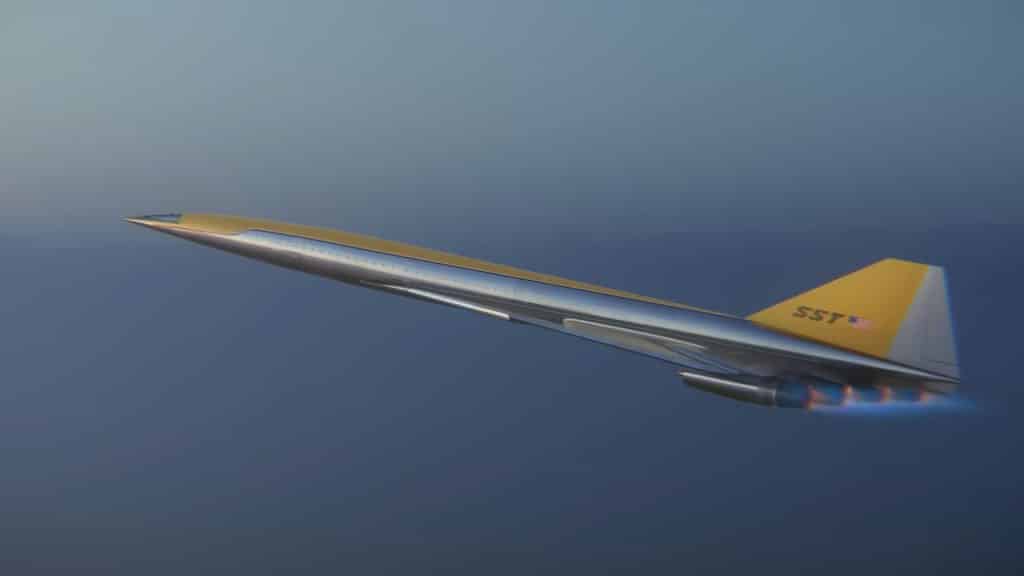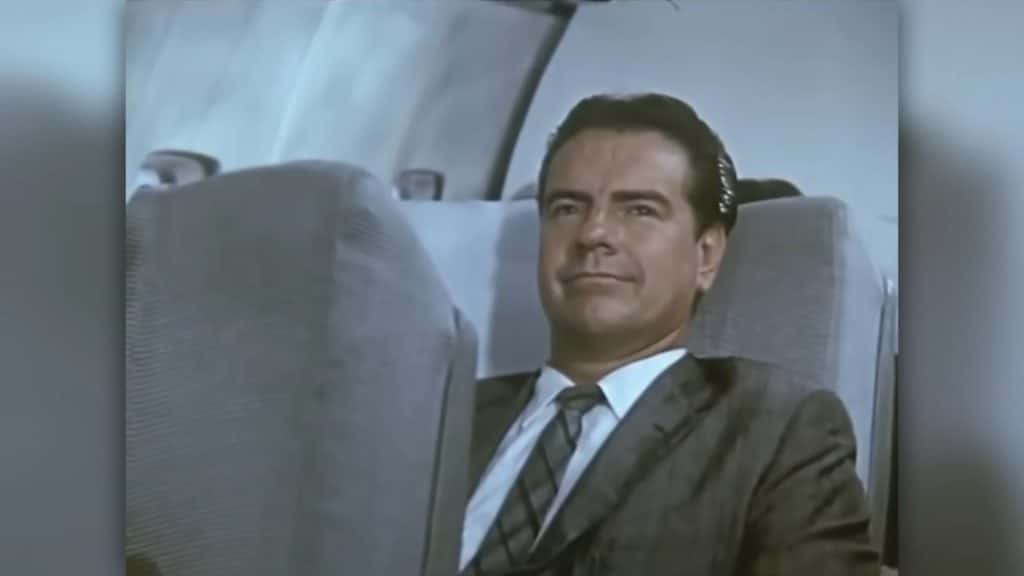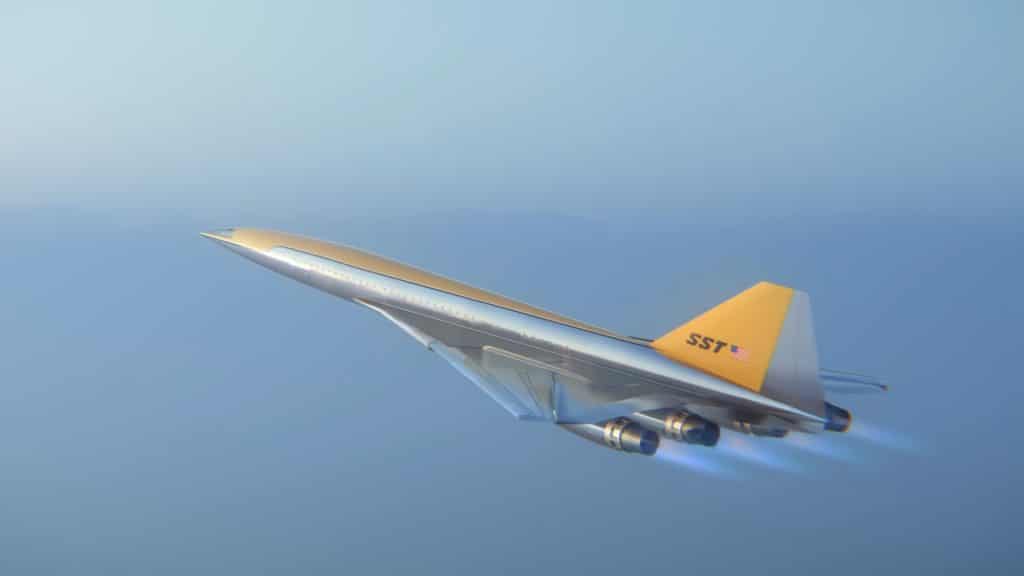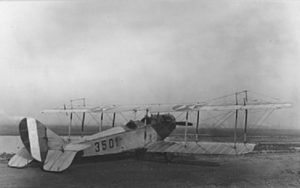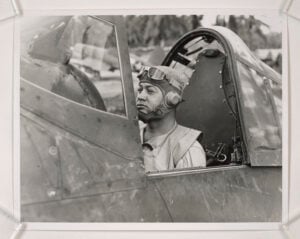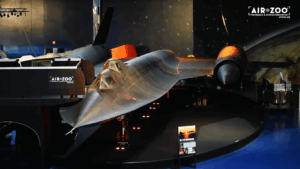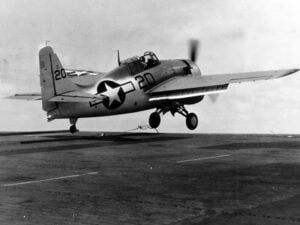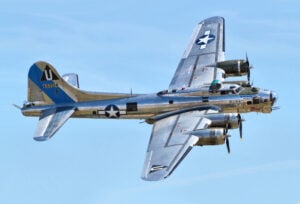Why We Never Got To Fly In The Concorde
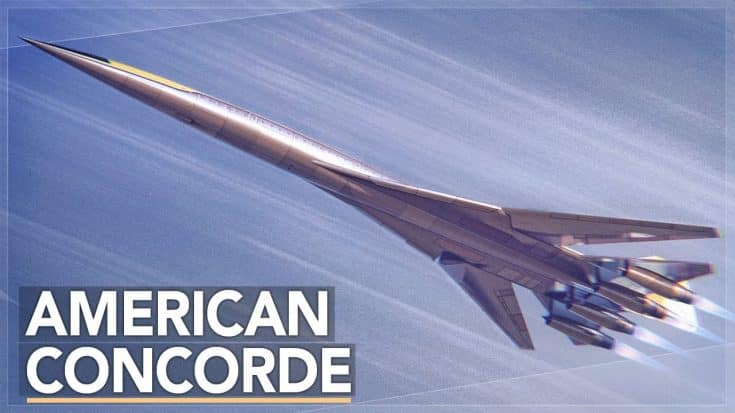
YouTube / Mustard
The dream of flying supersonic with the Boeing 2707 never took off—and here’s why:
- Sky-High Costs
Reaching supersonic speeds while seating nearly 300 passengers required cutting-edge design. The 2707 needed four GE4 turbojet engines and heat-resistant materials, making it expensive and difficult to build. - Cramped Comfort
Flying at high altitudes demanded extra pressurization, which led to tiny 6-inch windows. Boeing tried to enhance the experience with 12-inch internal panes and retractable TVs every sixth row, but the interiors still felt confined. - Sonic Booms Backlash
The deafening sonic booms were a major hurdle. Tests over Oklahoma City caused daily disturbances, leading to thousands of complaints and property damage claims. Critics argued it harmed workers and those with health conditions. - Environmental Fears
Concerns about ozone depletion fueled opposition. Research, including an MIT study, warned that nitrogen oxide emissions and water vapor from the 2707’s engines could harm the stratosphere. - Funding Cuts
Despite President Nixon’s support, Congress pulled the plug. The Senate and House both denied further funding, sealing the 2707’s fate.
Ultimately, a mix of high costs, public resistance, and environmental concerns grounded the supersonic dream.













